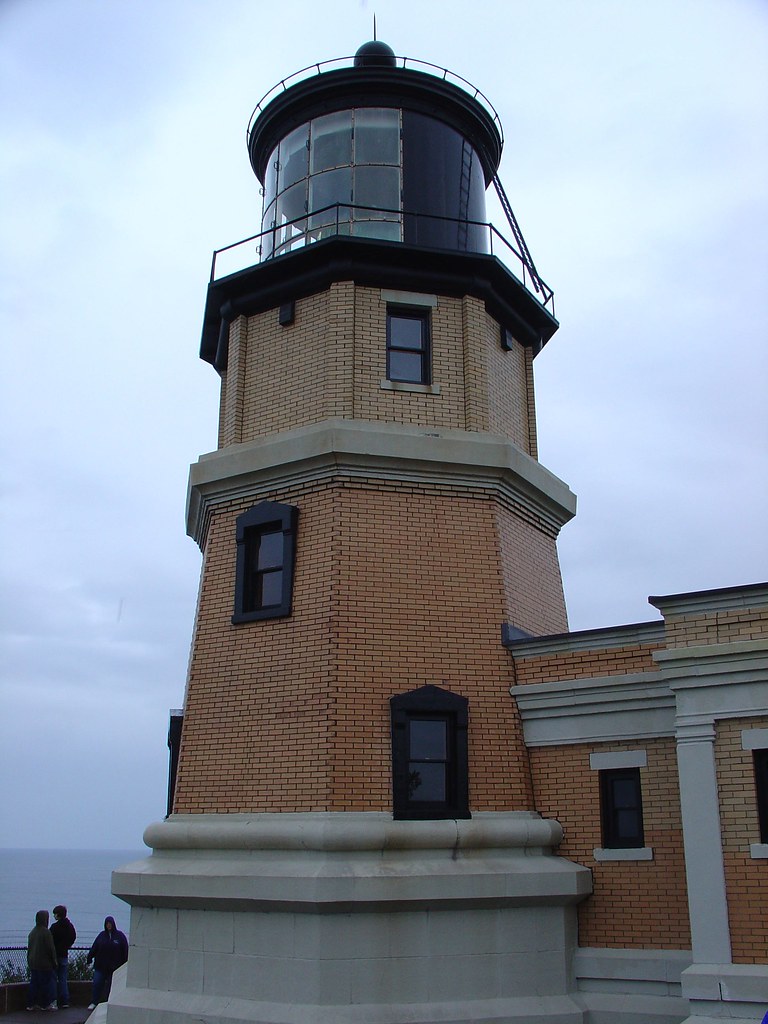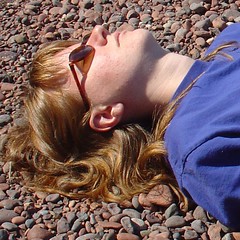mask rate
I guess my opinion has been shaped a little by being married to a sociologist for nineteen years. Lately I've become interested in mask rate.I am sitting in a parking lot in the center of my village where they have free wi-fi; basically I'm waiting for my son's basketball practice to end. I have a lot of writing to do but I don't force myself at times when it doesn't flow naturally. So here I am watching whether people wear masks or not, and speculating as to their reasons.
What's sociologically interesting is that New Mexico is a lot like Texas, except that it has a governor that was pro-active in taking shut-down steps and even made masks mandatory. The people are like Texans; most of them were Texans at one point or another (including us), and have a natural disinclination toward anything that restricts their freedom.
This little tourist town is showing me about 50% of the people walking its streets wearing masks. They tend to come in groups - a whole group wearing them, or a whole group not wearing them. Single or double people may or may not be wearing them. Some people carry masks, around their necks for example, but don't wear them. Presumably they put them on upon entering a store.
50% is actually better than you get some places. There's a barbecue place in town where people line up outside - they probably don't get 20%. 20% may be more accurate for a whole swath of the town's activities. The tourists, coming from places like El Paso and Mexico, don't want to offend us.
The question to me is whether the governor's proclamations, even making mask-wearing a law, have helped any. Sometimes it seems like we are governed more by group-think, or a kind of not wanting to stand out too much. One store in town requires them, and sometimes even has people at the door checking to make sure you have a mask when you enter. The other, a convenience store, doesn't, and gets about 20%. I''m thinking, with all these Texans, it's just a matter of time. But the virus doesn't seem to have passed through there yet. We're still 0 for our zipcode, and though Texas and Arizona are wallowing in it, we are really not. Most of New Mexico's cases are in its reservations, or its prisons, or the cities.
That's another thing that might influence the rate - our perception of how much difference it might make. Seems to me, if you're from around here, and you don't really believe anyone has it, that's not much of an incentive. I certainly don't believe I have it. But I wear the N95- I'm more interested in protecting myself than in being socially thoughtful. I found these old N95's in my shed, that we bought from this old welder who died hunting, and to me, I don't care how old they are, they look like business, and they're just about right for me. I wear them. I'm not taking any chances.
But to me it's a matter of curiosity. "Only in America could something like wearing masks become a political symbol," I read somewhere. It's really not a political thing, and shouldn't be. People should just do the right thing because it's the right thing. And yet, I can see on the streets of my own village, that's not how it's working. America is embracing this virus like it wants to go home and give it to everyone.
No, seriously, I recognize that everyone's different, and it's harder for some people to put on the mask than others. It's a sensitive issue and you just can't force them. And to some degree, it's not even that related to how much they know about what's happening in Texas, or what Fauci just said, or how mask rates affect transmission. They may know that masks are good, or they may convince themselves that they're not.
We would have to do very subtle subconscious marketing to get people to change their ways. It would have to be a coordinated national effort, consistent, that hammered the television with public service ads that were very carefully done. The idea would be to show that wearing masks was good for everyone and helped control the spread of the disease. Obviously that's not happening. We have skyrocketing numbers, overflowing ER's, panicking medical workers. It's getting ugly out there, just looking at Texas and Arizona alone. So it may be too late to even speculate. But it would be good if somebody did something. And I have a hint: stopping testing is probably not the answer.























































0 Comments:
Post a Comment
<< Home